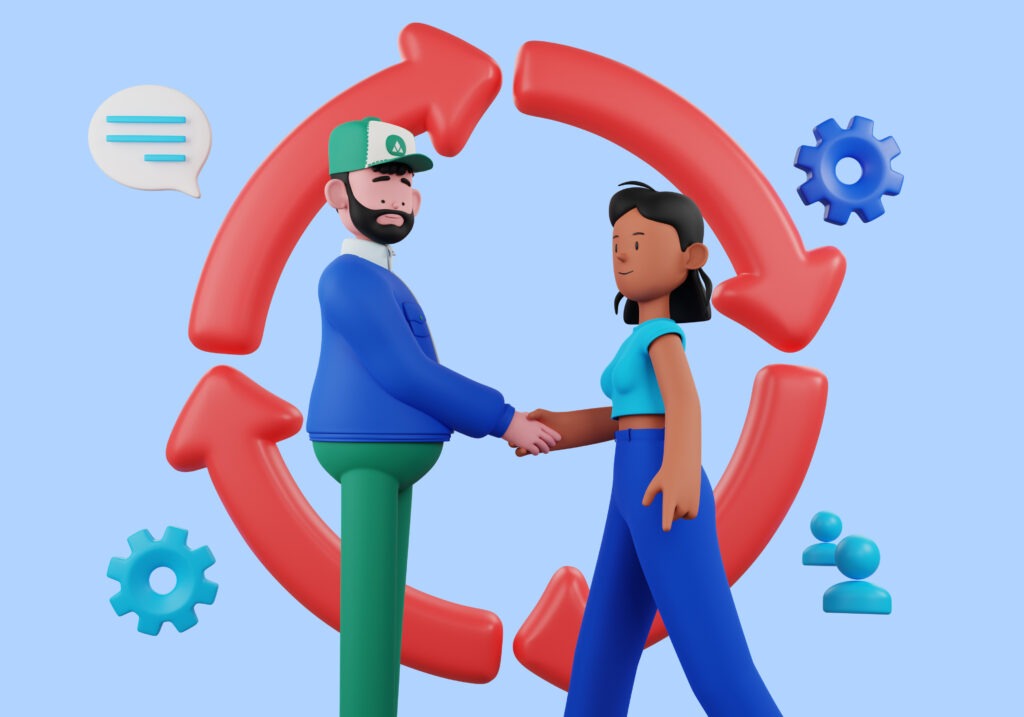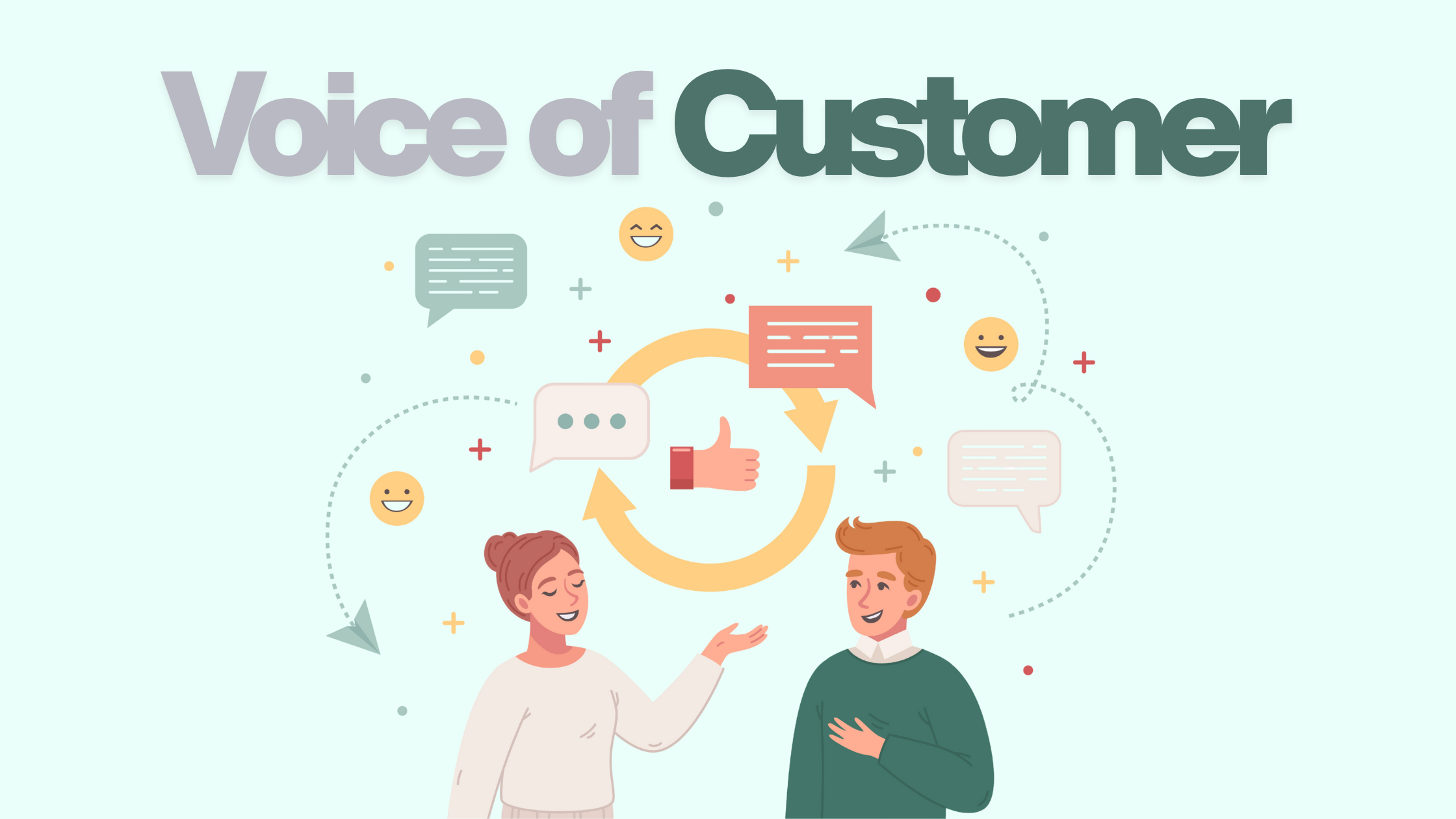After gathering and analyzing survey data, what should you do next? To tie up loose ends with your customers, it is crucial to have an effective, well-organized, and transparent closed-loop feedback system. The customer will be waiting for your organization to acknowledge them or provide an update.
Customers must ultimately feel heard and understood. It is frustrating for customers who invest time in giving feedback only to see no follow-up or visible action. This can result in disloyal customers who may eventually choose a competitor.
Closing the loop shows customers their feedback is valued and taken seriously. In customer experience (CX), closing the loop refers to responding to feedback in a way that addresses concerns or provides solutions. It involves following up and concluding the conversation with a customer or employee.
Therefore, it is crucial to comprehend closed-loop feedback and its significance. Here’s why it is essential to design your close-looping feedback system.

Increase Customer Retention:
What you do with customer feedback impacts more than you might realize. Asking for feedback creates the expectation that you will respond. Letting feedback slip through the cracks risks permanently losing customers. According to a PwC survey, 32% of customers abandon a brand they love after just one bad experience.
There are several reasons customers might stop using your product or service, commonly referred to as customer churn. If the reason is a bad experience, you have an excellent opportunity to fix the relationship by actively seeking feedback.
Close the loop by responding directly to emails or making personal calls, assuring customers their feedback will be considered for improvements. This solves problems at the source, helps customers feel heard, and offers insights to improve CX and reduce churn.
Enhanced Revenue:
Closed-loop feedback surveys, from start to finish, enhance the customer experience by building trust and loyalty. Customers are more likely to speak positively about your brand and recommend it when they feel valued.
Even if competitors offer similar products, buyers prefer businesses that deliver exceptional customer service—and they may even pay more for it. CX becomes a competitive advantage that can directly increase revenue.
How to Close the Feedback Loop Effectively
The following strategies can be used when closing the customer feedback loop:
- 1. Follow up immediately (ideally within 24 hours):
Customers tend to see businesses more favorably when they receive a quick response to feedback. One way to close the loop and reduce dissatisfaction is by swiftly responding to issues or concerns. Customers who share a neutral or bad experience should be contacted by a support agent as soon as possible.
Integrating customer feedback tools with internal communication platforms ensures that urgent feedback reaches the right teams quickly.
- 2. Monitor recurring issues in real time:
Customers are unlikely to stick with a brand if they face repeated issues. Use a customer experience management platform to track recurring feedback and identify bigger underlying problems.
Surface-level fixes may result in short-term solutions but can hinder long-term growth. Conduct root cause analysis by asking “Why?” multiple times to understand customer frustrations, especially from detractors.
3. Convert passives and detractors into promoters:
Passives and detractors often highlight the most critical pain points. Businesses that truly listen, empathize, and act promptly are more likely to convert them into loyal promoters.
Close the Customer Feedback Loop Right Away
Without action, feedback remains just data. Establish a productive closed-loop process to respond to your customers and turn insights into tangible improvements.
Use surveys to uncover areas of improvement, shape business strategies, and strengthen customer experience.

With Zykrr’s intelligent CX platform, businesses can capture real-time feedback and act on it faster — building stronger relationships and measurable improvements across the customer journey.
Discover how Zykrr helps leading brands turn feedback into loyalty.
Frequently
Asked Questions
-
What is closed-loop feedback in customer experience (CX)?
Closed-loop feedback is a system where businesses respond to feedback by addressing concerns, following up, and implementing actions to improve CX.
-
Why is closing the feedback loop important?
It boosts customer trust, prevents churn, and can convert unhappy customers into loyal ones.
-
How do you implement a closed-loop feedback system?
By using CX platforms like Zykrr to gather, analyze, and act on customer feedback with real-time alerts and workflows.
-
What tools support closed-loop feedback?
Platforms like Zykrr offer automation, real-time dashboards, and survey integrations to close the loop efficiently.





















